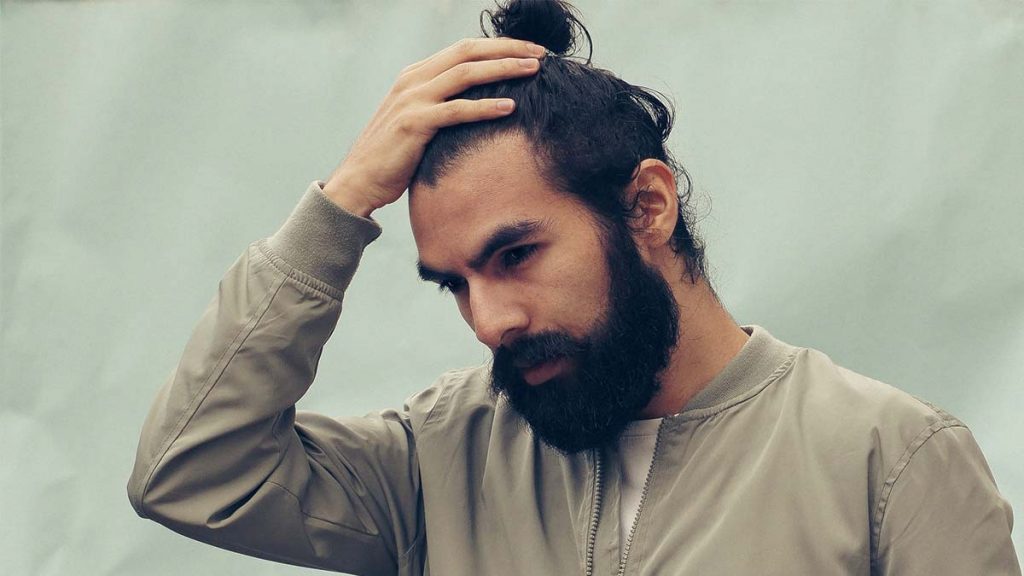Your hair is one of the first things people notice about you, and thinning hair is one of the things people can be most insecure about. That’s why a great hair transplant can totally revolutionize your look and your self-esteem. But the aftermath of a transplant can include some unexpected effects. Don’t worry, that’s all normal! Here we’ll break down everything that happens after a standard hair transplant procedure.
Difference Between Types Of Hair Transplants
There are two forms of hair transplants that are most commonly performed: Follicular Unit Extraction (FUE) and Follicular Unit Transplantation (FUT). They both operate around hair follicle clusters, or follicular units.
FUT is the strip method. A small strip of skin is cut off from the donor site, divided into individual follicular units, and then grafted onto the bald area. The incisions are then closed with stitches or staples. FUE involves thousands of tiny punch incisions, taking out each follicular unit individually, and then implanting them individually as well.
FUE is the newest development in hair transplants, and usually provides better results. The recovery process is similar for both, but FUT requires a second visit to your surgeon to have the stitches removed, and may result in some scarring along the donor site.
Immediately Afterwards
Go home and relax! Hair surgery can take hours, and even if you weren’t physically active, your body will still need some time to recover. You may experience some soreness in your scalp. That’s standard, and an over the counter pain medication should be able to handle it.
You may also experience a little swelling. Try sleeping on your back with a couple of pillows to keep your head raised up to reduce it. Some surgeons will give you a headband or bandages to limit the swelling, but others prefer not to put anything on top of your newly grafted follicles.

Two To Five Days Later
You can return to normal life within a week! Your surgeon will give you specific instructions about caring for your scalp in those first couple of days. Advice can vary between each patient’s case, but it usually involves being as gentle as possible with your scalp, and keeping it as moisturized as possible.
When out and about, some people like to wear hats to protect their scalp and hide any redness. If you do, it’s recommended that you use only hats that are washed clean and not too tight.
Two Weeks Later
Your grafts should be firmly in place 10 to 14 days after your procedure, and it will be safe to resume normal showering and shampooing. This is also the time by when any redness and irritation should have subsided – if it lasts longer than three weeks, reach out to your surgeon.
If you got FUT, this is also the time that you’ll return to your surgeon’s office to have your stitches or staples removed.
One To Two Months Later
This is the time that people panic most about their hair transplantation. That’s because they see hair start to fall out, sometimes in greater numbers than before the procedure. Don’t worry – that actually means it’s working!
This isn’t like normal hair loss. During the procedure, your hair follicles went dormant. After a month or so, they settle in and start back up again. But in order for them to grow new hair, they have to push the old hair out. You’ll see the results of your hair transplant soon.
Three Months Later
Three months post-procedure is when you start to see the real results of your transplantation. Hair that grows in may be fine and colorless at first. Think of them like baby hairs that are just starting to learn how to grow in a new place. They’ll become thick and colorful soon.
Your new hair may come in patchy and uneven when you first see it. This, too, is normal. Each hair follicle is in a different stage of the hair growth cycle, but they’ll all hit the growth phase eventually.
You may also start to see acne-like bumps on your head. Despite looking annoying, they’re also a good sign. They’re just new hairs that haven’t broken through the skin yet.
Six Months Later
This is when you’ll start to see your best results! Although not every hair will have hit the growth phase yet, the majority of them should be producing thick, colorful, luscious hair. And the best part is, it’ll be coming in all over your head!
One Year Later
By a year after your procedure, you should have a full head of hair. Some new hairs might still be coming in depending on where they started in their growth cycle, but you will have the complete overall effect.
Keep in mind that the color and texture of your hair might change a little as your follicles get used to their new placement. This is particularly true if you used somewhere other than your head as a donor site – some men use the lower part of their beard, for instance. But no matter where it came from, a year after your hair transplant, you will have substantial and impressive results.
If you have thinning hair, a hair transplant is one of the best things you can do for your appearance and confidence. The first few months may be frightening, but once you’re past that, you’re on the road to having the thick, gorgeous hair you’ve dreamed of!
